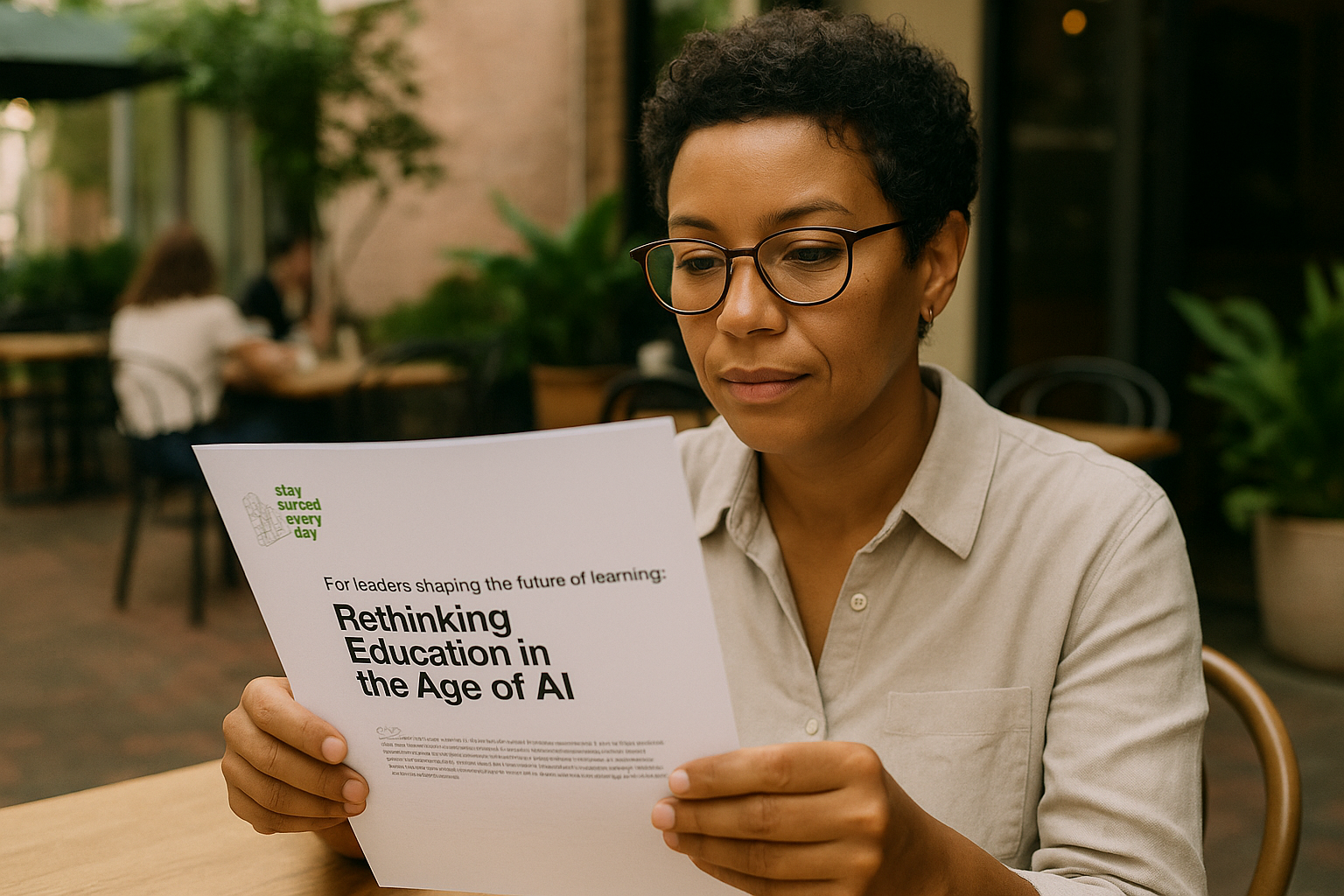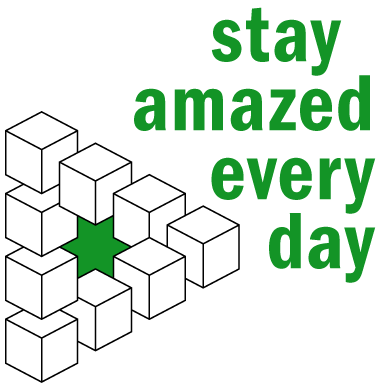
Who gets to decide the role AI will play in education?
The summer holiday is around the corner. Which means: time to catch your breath. Time for reflection. Maybe even time to read something you’d normally skip during a busy work week. Something that gets you thinking.
My advice? Take the white paper “Rethinking Education in the Age of AI” with you. Whether it’s to the beach, the terrace or your own balcony. It’s not techno-optimism, but a roadmap for those who are ready to move. With care, with vision, and with a strong moral compass.
AI is not a project. It’s a change of direction.
AI is not just another passing trend. It’s here to stay. And we need to prepare for that, because AI will find its way into almost everything we do: work, learning, everyday life.
It’s not just the next innovation on the list. The technology is evolving fast, and it will keep evolving. Chatbots, tutor agents, automated feedback tools, AI-generated lessons, avatars that engage students in conversation – all of this is already happening. And this is only the beginning.
AI is reshaping how we live, how we learn, and how we work. It changes what we teach, how we teach, and even who or what is considered a teacher.
Which means the central question for educational institutions isn’t a technological one. It’s strategic: who gets to decide the role AI will play in education, and in society?
No, I’m not an AI evangelist.
Let’s be clear about that. I don’t believe AI is going to magically improve everything. In fact, more and more studies are showing the risks of AI for motivation, knowledge development, critical thinking, and social interaction.
So I’m not advocating for blind adoption. I’m advocating for agency.
Because the real question isn’t whether AI will impact education, but how. Will we take the lead, or will we leave it to others, with very different interests?
If we want AI to become a tool that supports human growth, rather than replacing it, then we need to have the right conversations. About pedagogy, ethics, equity, assessment, roles, autonomy, and creativity. Not next year. Now.

The common misunderstandings that hold schools back
I often hear the same statements from institutions. Understandable, familiar – but also paralyzing:
- “We don’t have a clear vision yet, so we’re waiting.”
↪︎ But vision doesn’t emerge from waiting. It grows from dialogue, from uncertainty, from exploring what’s possible. You don’t need all the answers to start moving. - “We need a full overview before we can start experimenting.”
↪︎ But clarity comes from experience. You don’t learn how to use AI by reading policy papers. You learn by taking small, practical steps. By trying things, reflecting, adjusting. - “We need a strategy first, then we can do pilots.”
↪︎ In this case, it’s the other way around. Real strategy grows out of well-supported experiments. Start small. But do start. Just like with learning itself – you can’t become an expert without laying the groundwork first.
September is the time to act.
The new school year is the perfect moment for fresh intentions. What if you booked an AI Jump Workshop now, so you and your team are ready to take a real step in September?
The AI Jump Workshop is not a standard training. It’s a hands-on, strategic session designed for schools, boards, and networks that:
- Want to understand what AI means in their context
- Want to create space for both concerns and excitement
- Want to build a shared starting point for action
There’s no universal solution. But there is a direction.
In the workshop, we combine sharp questions with practical exercises. We help you bring structure to the confusion. And we give you the tools to move from awareness to action, across four stages:
- Curiosity and awareness
- Small-scale experimentation
- Institutional alignment
- Cultural transformation

Why this is the right moment
Summer is a natural pause. A kind of New Year’s moment for those working in education. September brings the chance for real, fresh resolutions. Why not make AI part of that?
Right now, while having some distance, is the perfect time for school leaders, policymakers, and education boards to ask themselves: “What do I want to see happening in September? What do I want to give attention to with my team? And how do we move forward without losing our values along the way?”
Maybe it starts with a single conversation. One workshop. One decision not to postpone this any longer. Download the vision document and ask yourself: What is my role in this transition?
Final thought
You don’t need all the answers. But waiting in silence is also a choice. One that will have consequences for an entire generation. The future of education is being written right now, not when the dust has settled, but in the decisions we make today.
So here’s my advice:
Don’t let complexity stop you.
Pick a direction.
Bring people together.
And take that first step.
And if you want to exchange ideas or get started with your team: Get Amazed! We’re in this together.
